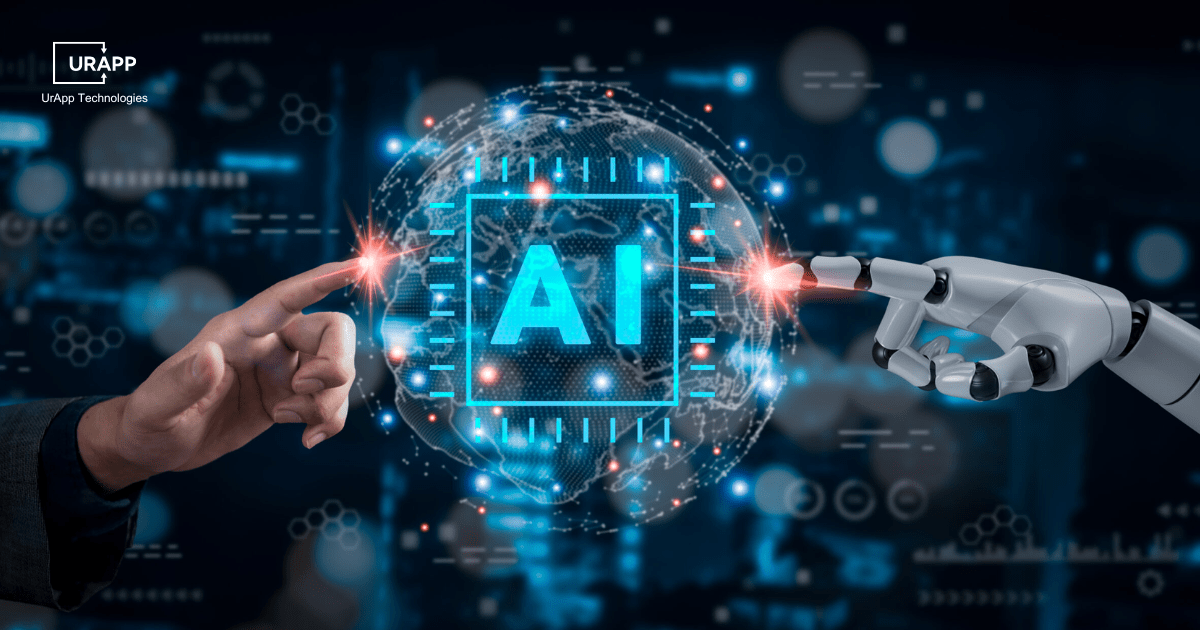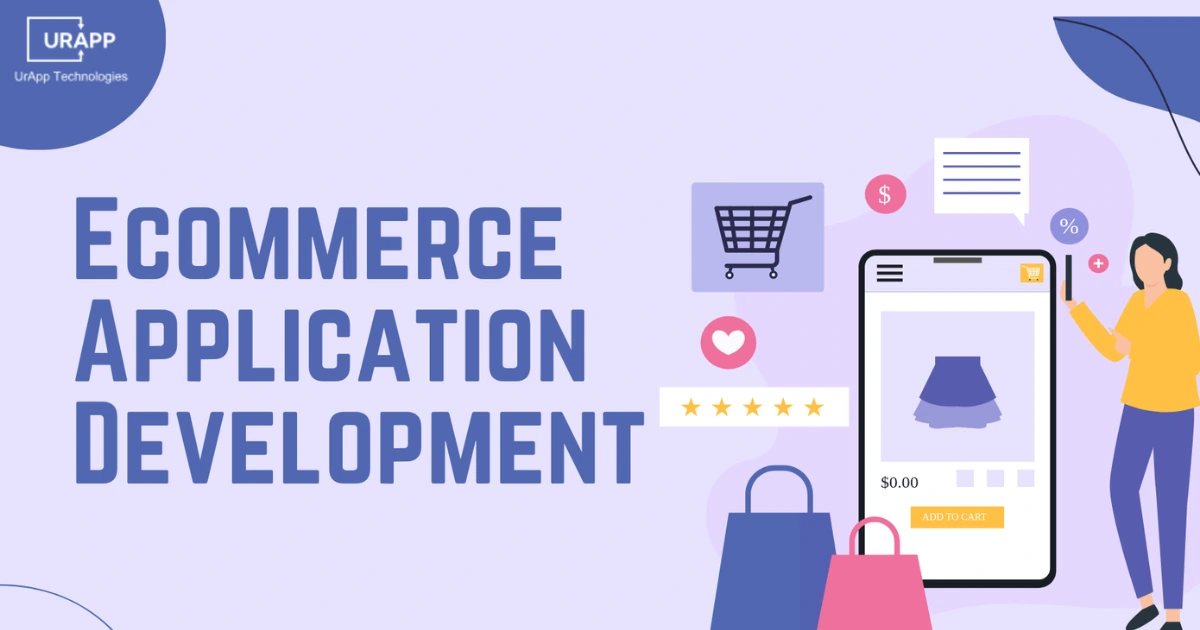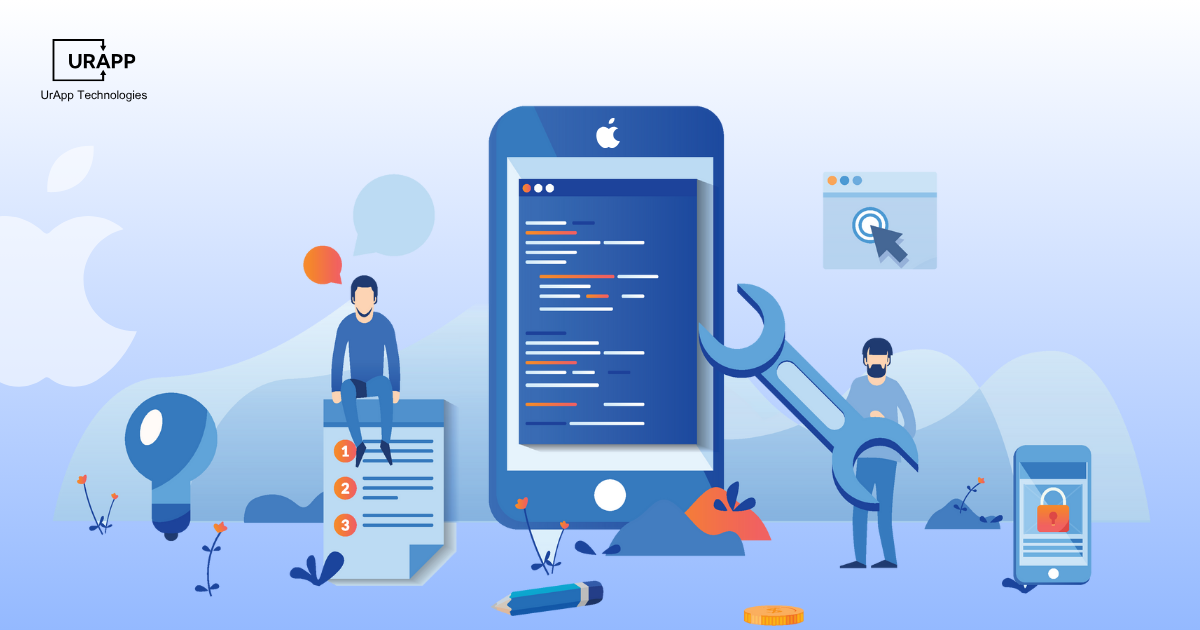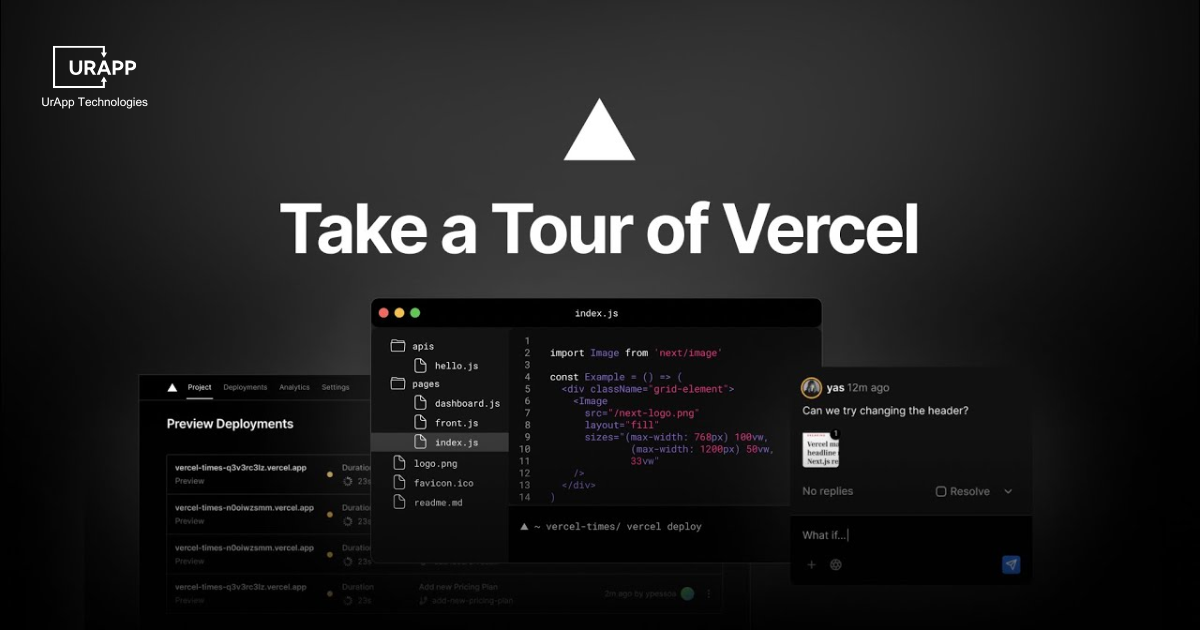Integrating AI Into an App: Complete Guide 2025
Overview: Integrating AI Into Your App
Artificial Intelligence (AI) is transforming how modern apps operate, turning static systems into smart, adaptive solutions that think, learn, and respond to users in real time. From predicting user behavior to delivering personalized recommendations, AI makes apps faster, more interactive, and data-driven.
Integrating AI into your app not only enhances user engagement but also automates complex processes, reduces errors, and enables predictive decision-making. Leading brands like Netflix, Amazon, and Tesla already use AI to personalize content, optimize performance, and deliver seamless user experiences.
In this guide, you’ll learn about AI app market trends, follow step-by-step instructions to integrate AI, explore real-world examples, discover best practices, and see the simplest methods to add AI to mobile applications.
Why Integrate AI Into Your App
Integrating AI into your app helps create smarter, faster, and more personalized user experiences. AI enables apps to analyze data, understand user behavior, and make intelligent decisions in real time. Businesses use AI to automate tasks, predict user needs, and deliver accurate recommendations, leading to higher engagement and better performance across Android and iOS platforms.
Market Stats and Trends

The global AI app sector reached 4.5 billion dollars in revenue in 2024. Experts expect it to grow to 156.9 billion dollars by 2030. These numbers show how deeply AI influences app experiences worldwide.

The number of people who used AI powered apps between 2021 and 2025 are nearly 700 million with the majority being photo editing and chatbots.
These gains indicate that the adoption of AI in the iOS and Android applications is no longer a choice but a necessity.
Steps to Integrate AI Into an App
Learn the important steps to integrate AI into apps and build efficient, user focused solutions with reliable tools, data and models.
Step 1: Define the AI Objective
Before you begin AI development, every business must define its purpose clearly. This step helps determine how AI adds measurable value to an app. A strong grasp on the core challenge ensures accurate implementation and improved user satisfaction.
Key Actions
-
Define the specific problem AI must solve, such as faster processing or better personalization across user interactions.
-
Determine objectives that are quantifiable such as a reduction of 25% in response time or a 30% improvement in recommendations.
-
The expectations of users and their primary needs should be known before adoption of AI to ensure that the results are meaningful.
Step 2: Select the Most Appropriate AI Tools and Platforms.
Choose trustworthy tools that would define the efficiency of AI features working in your application. It is aimed at discovering a technology that will serve Android and iOS.
Critical Things to Consider.
-
To be used broadly, consider the most popular AI integrators used in applications, including TensorFlow, PyTorch, Azure AI and Google ML Kit.
-
Ensure that the tools are cost efficient, scalable and easy to install in the long term.
-
Select platforms suitable for your chosen device ecosystem, ensure smooth performance across different environments.
-
Integrate AI chatbots to enable real-time, human-like conversations in your app.
-
Confirm compatibility between front-end frameworks and AI libraries to maintain stability.
Developers, who desire to incorporate AI in their mobile applications, should align their choice of tools with the goals of business, financial limitations and technical abilities.
Step 3: Collect and Prepare Quality Data
AI performance depends on clean and accurate data. Without proper data, even the best models fail to deliver effective outcomes.
Key Practices
-
Prioritize structured, relevant and unbiased datasets to ensure trustworthy analysis.
-
Data annotation and label are used to train models accurately and recognize patterns consistently.
-
Scalable, secure systems that comply with laws like the CCPA and GDPR are the best places to store datasets.
-
Keep privacy protection policies to ensure privacy of user information.
-
Implement a data clean up and upgrade process regularly.
Reliable data enables stronger AI integration in Android and iOS apps and ensures dependable results.
Step 4: Choose the Right AI Model
The proper AI model ensures reliable results and efficient processing. The decision depends on the app’s function, data size and target users.
Important Factors
-
Use pre trained models for quick deployment or custom models for specific and unique app needs.
-
Choose models designed for NLP, computer vision, or recommendation engines based on your project’s objective.
-
Measure model accuracy and scalability before final implementation to avoid system errors.
-
Evaluate available computing resources to support the selected framework effectively.
A well tested model forms the foundation of every AI app integration guide, which ensures smooth performance and consistent outcomes.
Step 5: Train and Validate the Model
Model training ensures that AI learns to produce precise results, while validation confirms consistent performance across new data.
Key Steps
-
Split data into training and validation sets to evaluate accuracy and prevent overfitting.
-
Conduct performance tests regularly to maintain precision and reduce data drift.
-
Use cloud based environments for faster model training and resource optimization.
-
Track outcomes to ensure the system meets defined benchmarks before deployment.
If you follow structured steps to integrate AI into apps it will guarantee a reliable and maintainable model that adapts to new information efficiently.
Step 6: Deploying the AI Model Into Your App
The integration stage connects the trained model with your app’s main functions. This step combines development and design to ensure smooth operation.
Execution Methods
-
Embed the model with the use of APIs or SDKs that link AI capabilities to your application’s codebase effectively.
-
Coordinate between back-end and front-end systems to ensure stable communication and response delivery.
-
Resolve latency, bandwidth and storage issues to maintain fast processing speed.
-
Apply caching strategies to handle frequent requests and reduce delays.
Boost Your App with IoT
Learn how to connect multiple smart devices and make your apps smarter.
Read the IoT Guide
This phase highlights how to make your app smarter with AI while it also ensures reliability in user experiences and technical functions. Nicely planned integrating AI into mobile apps helps create stable, scalable and efficient digital products.
Step 7: Monitor and Maintain the AI Model
AI performance must evolve with user needs and data changes. Maintenance keeps the model accurate and reliable over time.
Best Practices
-
Track response quality, prediction accuracy and system speed through dashboards and analytics.
-
Gather feedback from users to refine outputs and maintain user satisfaction.
-
Update models frequently to adapt to new information and maintain compliance.
-
Review data pipelines and correct inconsistencies to sustain system reliability.
Ongoing monitoring defines how to integrate AI into an app successfully and ensures its efficiency in the long run.
Examples of AI Integration in Apps
Examine actual AI app integration examples to see how the integration of AI into mobile apps improves automation, personalization and user delight across sectors.
Ecommerce Apps
AI alters shopping experiences because it personalizes the product recommendations provided to an individual.
-
Artificial intelligence (AI) is one of the methods used by Amazon to generate recommendations on products, depending on how customers prefer them, previous purchases and browsing.
-
Customized suggestions of the products will boost the engagement and sales because it shows the items that have high chances of the users making a purchase.
-
The AI-powered recommendation system that Amazon implements helps the company to generate nearly 35 percent of the total revenues that it generates, which proves the utility of AI in online retailing.
Healthcare Apps
AI helps healthcare systems to analyse massive medical datasets to make better clinical judgements.
-
IBM Watson health employs AI to analyze patient data and thus diagnose the disease and plan treatment in a more precise manner.
-
Watson oncology is also helpful since it suggests customized treatment to cancer patients using information on the past and their medical history.
-
AI enhances the efficiency of healthcare due to reduced human error and provides sooner and more data-driven insights that can achieve better outcomes.
Media and Entertainment Apps
AI enhances entertainment platforms as it tailors recommendations and improves user interaction.
-
Netflix uses AI to study watch history and deliver accurate show and movie recommendations.
-
Its recommendation engine saves time for users and increases overall watch time.
-
Netflix values its AI-driven system at nearly one billion dollars annually due to its major impact on retention and satisfaction.
Automotive Industry
AI powers innovation within automotive systems and driver assistance technologies.
-
AI is used by Tesla's Autopilot to provide autonomous functions such as parking assistance, adaptive cruise control and lane centring.
-
Real-time traffic data is processed by machine learning algorithms to improve driving accuracy and safety.
-
These features help drivers maintain safer travel experiences that allow automobiles to make educated decisions.
Human Resources
AI makes recruitment and labour management easier by filtered and analyzed data intelligently.
-
AI technologies are used by companies like IBM to evaluate resumes and swiftly discover potential recruits.
-
Recruitment accuracy is increased and manual labour is decreased with automated selection.
-
HR teams may concentrate on strategy instead of tedious administrative tasks with the help of these platforms.
-
AI also predicts employee performance trends and ensures efficient and data driven hiring decisions.
These AI uses in apps show how smart systems transform efficiency, personalization and engagement in all industries by using smart integrating AI into mobile apps strategies.
Best Practices for AI Integration

This AI app integration guide outlines essential strategies for integrating AI into mobile apps effectively while it ensures smooth performance, scalability, privacy and reliable results through expert collaboration and ai business process automation.
Start Small and Scale Up
-
Begin with limited AI features to evaluate system stability and user response.
-
Measure early outcomes and identify areas that need improvement or optimization.
-
Expand capabilities only after proving the model’s accuracy and value.
-
Controlled growth ensures manageable costs and reduces potential risks between expansion.
Focus on User Experience
-
Create AI features that simplify user journeys and improve usability.
-
Make sure the automation or recommendations match the objectives and expectations of the user.
-
For easy navigation, keep your interface design consistent.
-
Verify that every AI component contributes convenience rather than needless complexity.
Put Data Security and Privacy First
-
All behavioural and personal information used by AI systems should be encrypted.
-
Implement stringent authentication procedures and keep safe storage systems.
-
Before installation, be sure to follow data privacy rules like GDPR and CCPA.
-
Frequent audits maintain security policy updates and guarantee transparency.
Work Together with AI Professionals
-
For accurate execution, collaborate with knowledgeable data scientists, engineers and AI developers.
-
Experts help select suitable frameworks and tools for specific app goals.
-
Collaboration enhances technical reliability and efficiency in deployment.
-
Experienced professionals guide integration with advanced AI app integration guide principles.
Continuously Iterate and Improve
-
Collect user feedback to refine algorithm accuracy and overall behavior.
-
Reassess performance metrics frequently to maintain consistent results.
-
Retrain models and add new data to increase accuracy.
-
Constant evaluation guarantees consistency in quality and compatibility with corporate goals.
Through the systematic integration of AI into mobile app strategy, developers can create intelligent, secure and personalized applications that progress successfully with the help of these best practices from the AI app integration guide.
The Simplest Method to Add AI to Mobile Applications.
The easiest method of including AI within mobile applications is predefined APIs that facilitate the creation and enhance performance. This AI app integration guide helps developers choose efficient solutions for real world applications.
Use Pre Trained AI APIs
-
Developers use APIs such as Google ML Kit, IBM Watson, or OpenAI API to embed AI capabilities with minimal setup.
-
These tools provide reliable support for vision, language and prediction features, which ensures accurate results across multiple platforms.
-
Ready made APIs remove the complexity of custom models and shorten development timelines effectively.
Reduce Cost and Time
-
Pre built APIs lower project expenses while it also maintains app quality and speed of delivery.
-
The easiest way to integrate AI into mobile apps also enables faster scalability without heavy infrastructure costs.
-
Businesses adapt to AI business process automation and achieve smoother workflows and stronger data-driven decisions.
Key Takeaways
- AI integration transforms apps into intelligent, predictive systems that enhance user engagement and efficiency.
- The global AI app market is projected to skyrocket from $4.5 billion (2024) to $156.9 billion by 2030, showing exponential growth.
- Real-world examples like Amazon, Netflix, Tesla, and IBM Watson demonstrate how AI drives personalization, automation, and decision accuracy.
- The seven-step integration process includes: defining objectives, choosing tools, preparing data, selecting and training models, deploying AI, and ongoing maintenance.
- Following best practices such as data privacy, user-first design, and expert collaboration ensures stable, scalable, and compliant AI integration.
- Using pre-built AI APIs (like OpenAI, TensorFlow Lite, or ML Kit) is the easiest and most cost-efficient way to add AI features to mobile apps.
- Partnering with an experienced AI app development company like URAPP Technologies ensures precise implementation and business-driven outcomes
Conclusion
Developers can create smart, effective and customized digital products with an excellent grasp of how to incorporate AI into apps. Each step, from defining objectives to model deployment, strengthens app functionality and precision.
Additionally, integrating AI into iOS and Android apps boosts user engagement, streamlines processes and encourages wise choices. Through constant innovation and predictive optimization, companies that strategically use AI gain prospective scalability and stay relevant in changing digital markets. Contact UrApp Technologies for expert guidance and Successful development.






